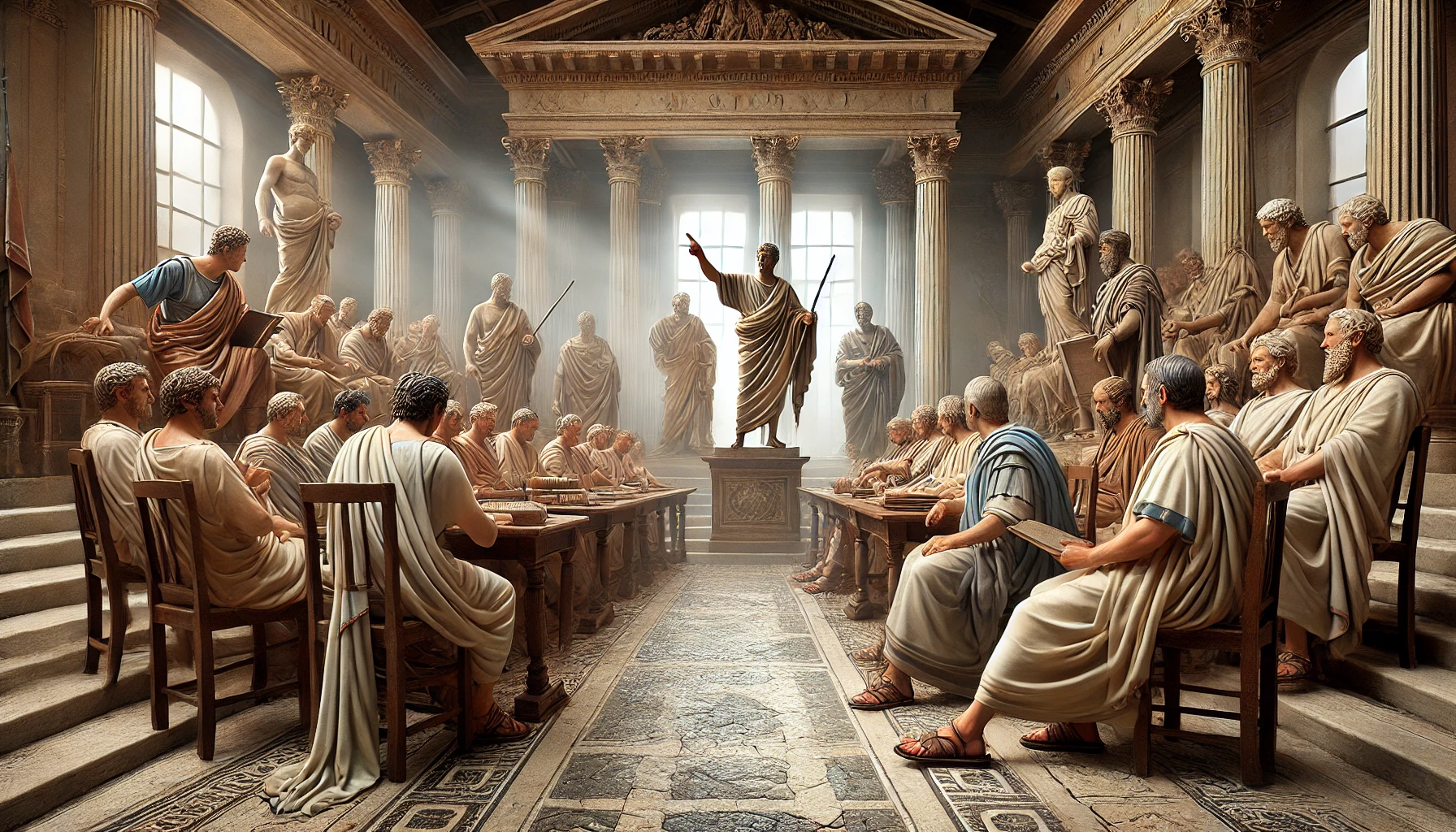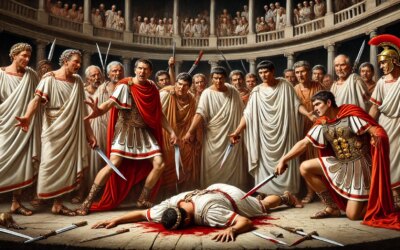Introduction: A Single Step That Changed the World
In early January of 49 BC, Julius Caesar led his army across the Rubicon River, a small but symbolically crucial boundary separating Cisalpine Gaul from Italy proper. This act—illegal under Roman law—triggered a civil war that would ultimately dismantle the Roman Republic and pave the way for the rise of the Roman Empire. The phrase “crossing the Rubicon” endures as a metaphor for irrevocable decisions with monumental consequences.
Background: The Collapse of Compromise
By the late 50s BC, tensions between Caesar and the Senate had escalated beyond repair. Caesar’s alliance with Pompey and Crassus—the First Triumvirate—had dissolved following Crassus’ death and Pompey’s realignment with the senatorial faction. As Caesar’s term as governor of Gaul ended, political rivals in Rome demanded he disband his legions and return as a private citizen to face possible prosecution. Caesar, fearing political ruin and possibly assassination, chose defiance over submission.
The Rubicon: A Forbidden Line
Roman law prohibited generals from bringing armed forces into Italy without Senate approval. The Rubicon River marked this legal boundary. On the night of January 10 or 11, 49 BC, Caesar paused with his troops at its banks. According to tradition, he hesitated before uttering the fateful phrase, Alea iacta est—”The die is cast”—before leading his legions across, initiating open rebellion against the Roman state.
The March on Rome
Caesar’s move stunned the Senate. Pompey and many senators fled Rome, believing Caesar would not dare violate the Republic’s sacred laws. Yet Caesar’s swift and decisive action allowed him to seize the capital without resistance. His campaign unfolded with remarkable speed, demonstrating both his military prowess and the growing appeal of his populist agenda among Roman citizens and soldiers.
Civil War Unleashed
The crossing of the Rubicon set off four years of brutal civil war. Caesar would eventually defeat Pompey at the Battle of Pharsalus in 48 BC, pursue his rivals across the Mediterranean, and emerge as the unrivaled leader of Rome. In 44 BC, he would be declared dictator for life—an appointment that provoked his assassination and renewed the cycle of conflict, leading eventually to the rise of his heir, Octavian (Augustus), as the first Roman emperor.
The Symbolism of Caesar’s Decision
Caesar’s act was not just a military maneuver but a bold political statement. He challenged the very legitimacy of the Republican system, exposing its inability to manage Rome’s growing empire and social divides. The Rubicon thus became a boundary not only between provinces but between eras—dividing the Republic from the Empire, tradition from transformation.
Historical Interpretations
Historians have long debated whether Caesar’s move was an act of necessary revolution or dangerous ambition. To some, he was a reformer thwarted by oligarchic conservatism; to others, a power-hungry general who broke sacred laws for personal gain. Regardless of interpretation, his crossing of the Rubicon remains one of antiquity’s most consequential acts.
Conclusion: A River That Flowed Into History
The crossing of the Rubicon was more than a moment of military insurrection—it was a point of no return for Rome. Caesar’s decision altered the course of Western civilization, toppling a centuries-old republic and setting the stage for imperial rule. In that single step across a shallow stream, the fate of an empire—and the world it shaped—was forever changed.





